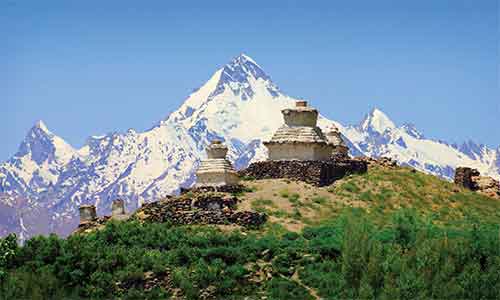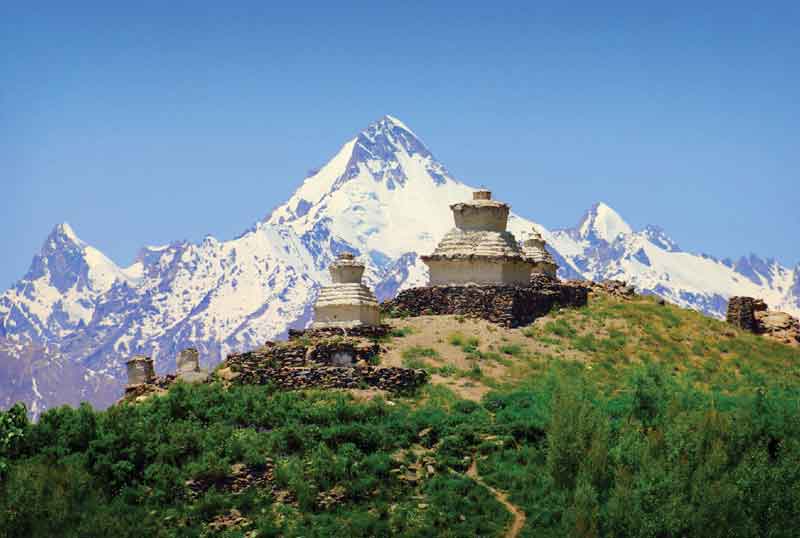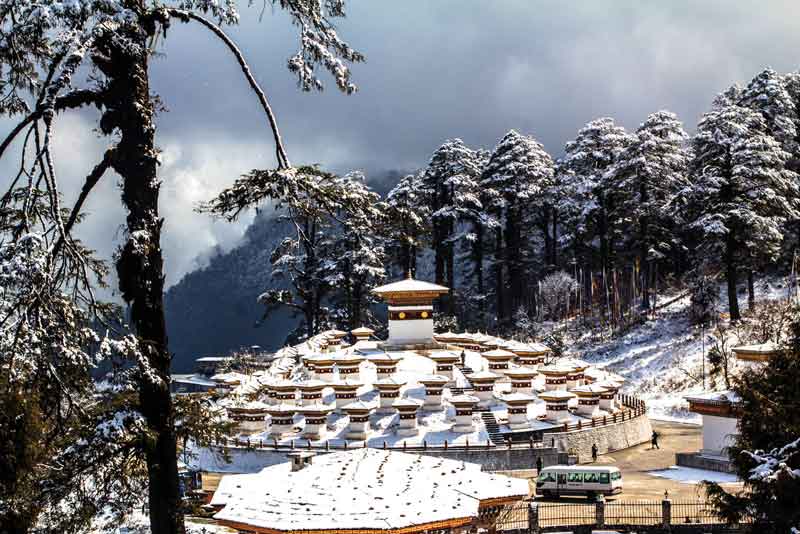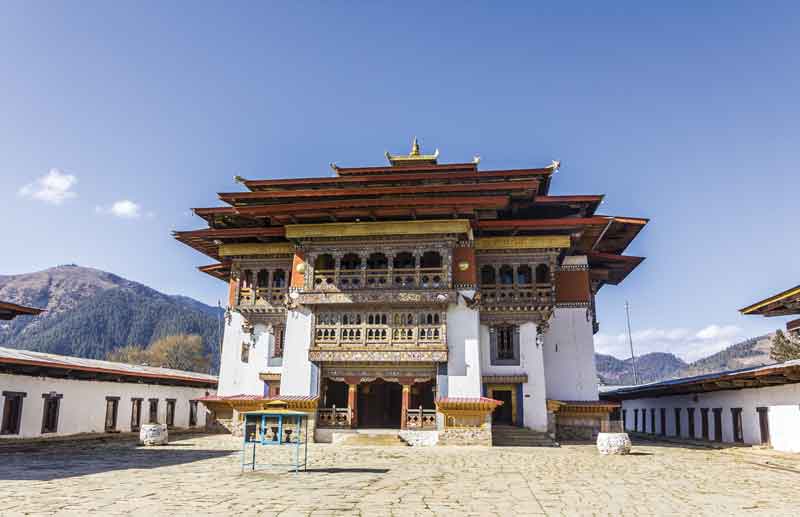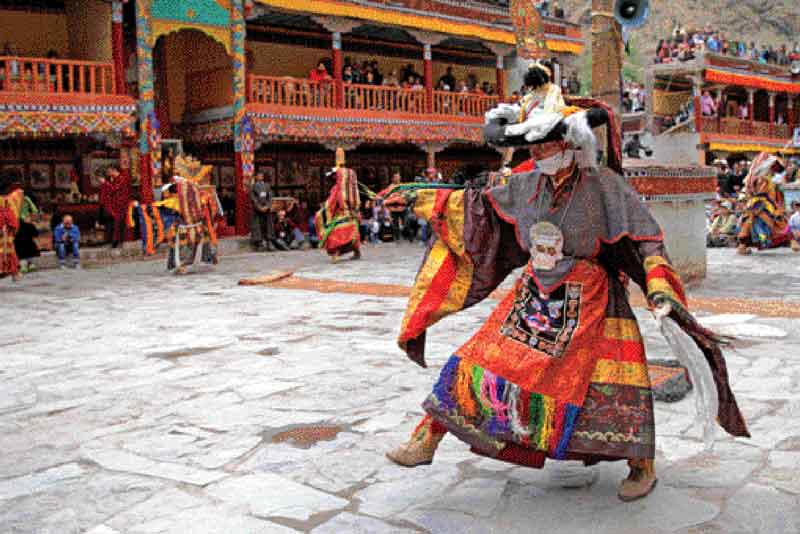Tips
- Foreigners require visa to visit Bhutan.
- The visa application form can be downloaded from the Tourism Council of Bhutan (http://www.tourism.gov.bt/plan/visa) and the Ministry of Foreign Affairs (http://www.mfa.gov.bt/visa) websites.
- Travelers will have to contact a local tour operator to organize their schedule. Currently, there are more than 1000 agencies that offer this service.
- All tourist visits to the country resemble “all-inclusive packages”; all visitors must pay a daily fee that rises to $250 USD in high season and it includes taxes, meals, accommodation, transport, tours and admission to museums and monuments.
- $65 USD of the daily fee are invested in sustainable development. The tourist industry in Bhutan is based on sustainability. The principle is: “tourism must be environmentally and ecologically friendly, socially and culturally acceptable and economically viable.”
- Bhutan is the only nation where tobacco sales are banned altogether.
- Tourists will be able to legally import up to 200 cigarettes and must provide a customs receipt if authorities request it.
- Anyone who is caught mistreating a specimen in danger of extinction will face numerous charges.
- Most people in the cities speak English.
Tops
- Sales of hydroelectricity to India are the main source of income for this country.
- Travellers and Magicians (2003) was the first movie to be filmed in the Kingdom of Bhutan; it was produced and directed by Khyentse Norbu, who is also a notable Buddhist lama from a prominent family in the country.
- All inhabitants celebrate their birthdays on the first day of the year.
- The kingdom is considered a world leader in medicinal plants.
- Every structure is faithful to the pattern of traditional architecture, a transcendental element of Bhutanese identity.
- Bhutan jealously preserves its cultural and natural patrimony.
- Plastic bags have been eradicated from the territory since 1999.
- The first foreign tourists were admitted into Bhutan in 1974. The country currently welcomes around 100,000 tourists per year.
- There is a tradition among Bhutanese people to paint and represent phalluses, which are often present in façades or are used as magical objects to bring fertility and good luck.
- Bhutan’s political system is both a democracy and a constitutional monarchy.
- There are more than 1700 temples and monasteries across the whole territory.
Text: Amura ± Photo: SERENDIPITY EXPERIENCES / COLECTIVO INTU / © WOUTER TOLENAARS. / ANANDOART / © BLOSSFELDIA

